TLDR; animosity towards central banks is often ill-founded (doesn't mean you can't be angry at em, just let it be for the right reasons). Central banks (The Fed especially) are not well positioned to inform the public of their activities, and can often be misleading in their communications.
Central Banks have evolved (or rather, stagnated as the system evolved around them). They are not evil overseers. They don't inflate away private citizens' money. The Fed isn't the all-powerful, money printing, malevolent god that the majority lust for it to be.
Central banks have limited tools, and a limited lens to manage expectations.
....
Alright. A long one... to get some stuff out of the way, because I want people to know without having to dig through post history:
I work in banking, outside of the US. I'm not against Bitcoin in principle. I do post on some Reddits that are anti. When I say "money" here.. I mean useable units of exchange. This means that credit is money; as it should be, since it represents the source of units that make up everything from wholesale banking transactions, to paychecks, and grocery purchases.
I see a lot of fog around what central banks actually do. I'll stick to the Fed generally here, "banks" mean "commercial banks"…and I'll be specific if I'm speaking about any other entity.
I'll try to use Central Bank published information to make most of my points here: Public communications, and meeting transcripts... with clarification (or opinion - watch out) injected. Some of this is information covered by others, some will be my own dabblings.
What does the Fed do?
They can set rates, issue reserves, conduct open market operations, and have a few other "tools' at their disposal. The purpose of these tools is largely for expectation setting.
Money expanded beyond the Fed's ability to conventionally measure some time ago. Overseas markets for dollars, fueled by overseas deposits (called "Eurodollars", but are really just dollars held overseas), created a demand for dollars that was met by commercial banks (not governments). Keeping in mind this was seldom actual physical currency, and was usually just a ledger entry... existing only on a bank's balance sheet. Loans became issued on these deposits outside of the jurisdiction of the Fed, not tied to Fed issued reserves... and the resultant "ledger dollars" flowed back to the US and abroad. This was true money creation, and the true source of monetary inflation often incorrectly attributed to the de-pegging from gold.
The money creation in this area was significant enough to merit some investigation in the 50's and 60's including a paper by Milton Friedman - PDF. The paper largely captures the space, but suggests a level of indirect influence by the Fed that may be an over-estimation.
Noteworthy are pronouncements of:
the Euro-dollar market has almost surely raised the world's nominal monetary supply... higher than it would otherwise be.
At the time, the impact wasn't fully clear. The eurodollar system evolved out of a necessity; bypassing local constraints to avoid liquidity issues, and potentially going as far as to solve Triffin's dilemma/sidestep balance of payments issues. The US didn't need to robustly export dollars, because dollars were being created globally - PDF:
The freewheeling Eurodollar market for banking in dollars outside America sprang up in the 1960s to get round red tape in America itself. It has been growing at a furious pace ever since.
Once the broader global monetary system got going (eurodollars, derivatives, repo, etc), M2 became a less meaningful statistic; per Alan Greenspan in June 2000 (FOMC meeting - PDF):
The problem is that we cannot extract from our statistical database what is true money conceptually, either in the transactions mode or the store-of-value mode. One of the reasons, obviously, is that the proliferation of products has been so extraordinary that the true underlying mix of money in our money and near money data is continuously changing. As a consequence, while of necessity it must be the case at the end of the day that inflation has to be a monetary phenomenon, a decision to base policy on measures of money presupposes that we can locate money. And that has become an increasingly dubious proposition.
The Fed realized this far earlier than 2000, and shifted their efforts towards facilitating the sense that money could be tightened or loosened via their policy. This is communicated to the broader banking/financial world, as well as the general public.
When looking at a central bank's place in the global system; they interact in a similar fashion to other private entities. Long chains of transactions, connected by the ledgers/balance sheets of all the entities involved; the Fed's balance sheet is connected as well (to the degree that they participate).
Let's look at quantitative easing (QE; often cited as a money printing activity), in a simplified way, explaining it through the balance sheet of the Fed and a bank:
QE is when the Fed purchases securities in an attempt to add liquidity to the system. Where does the Fed get the money for the purchases? They create reserves.. crediting the banks in their jurisdiction (borrowing from the balance sheet of the banks, by giving them an "asset" and increasing the Fed's liability).
So, was money printed? The Fed added numbers under "reserves", increasing their liability.. then acquired an offsetting asset (securities "purchased" on the open market - from banks/primary dealers, etc.. they do not purchase US debt directly). The idea is that a banking system with more reserves will lend more.
But there is the question: what if the banks don't lend despite an abundance of reserves? Banks lend when it's prudent to do so, not necessarily because they have more reserves.
Remember that reserves are a balance sheet item. Domestic US banks are were required to hold a specific amount vs. their lending. Reserves don't leave the banking system, and are usually only swapped between other banks under the Fed's jurisdiction. Technically a US domiciled bank may use reserves to purchase a treasury on the primary market (which would be used for fiscal spending), but otherwise there is no connection to reserves and broader money issuance. You and I have never spent a reserve. I'll also add a comment below re: another central bank that is clear about the nature of it's reserves (in a way the Fed often can't be, due to it's cultivated image).
If the Fed could just issue USD directly into the system (real money issuance), why use reserves?
The answer is that the Fed doesn't really do money, they do "expectations". They facilitate and regulate to a limited degree.
Looking at a FOMC meeting from the early 2000's -PDF, we can see the level of concern the Fed had over engaging in QE like Japan had done before them:
CHAIRMAN GREENSPAN. Governor Gramlich. MR. GRAMLICH. Thank you, Mr. Chairman. This discussion is going to be impossible for anybody to make sense out of because we’re all throwing our wisdom, or lack of it, out there! I will do likewise, and let somebody else worry about where it goes.
... If we started doing more quantitative targeting, how would we do it? That is, do we want 5, 6, or 7 percent money growth, and over what time period do we want that growth—for three months or six months? There are a lot of issues involved, and I don’t know how to sort through them.
Notice the language of targeting money growth using QE; not actually growing money, not printing.. and the fuzziness of whether QE would work for that purpose (QE had already not worked for Japan).
I think we’d have to be quite vague here, but one thing that gives me some optimism about this is that when it comes to vagueness I think this group is hard to beat. [Laughter]
Points for honesty I suppose (I did say they're misleading in their communications).
CHAIRMAN GREENSPAN. Governor Kohn. MR. KOHN. Thank you, Mr. Chairman. Let me try to react to some of what I’ve heard today.... We’re all learning in this process, and I think the process needs to go on. One lesson that I drew from Japan was that not only did the Japanese get down to zero on the interest rate and not only did they try each new policy and say they were going to take it back, they didn’t give any sense of where they were going. They were lurching from one policy to the next, each time saying that they didn’t think it would work. So I do believe it’s important that we decide before we get to the point where such policies (QE) need to be triggered—and I’ll come to that issue next—at least on a very rough sequence of what we will do and how we will talk to the public about it. We don’t need to be very specific; but before we begin to use nontraditional techniques, I think we need to talk about them publicly and create a sense of continuity and confidence in our policymaking, which I believe was absent in Japan.
So, the difference between QE in Japan and QE in the United States? Communication of expectation... the hope that communication of their policy will be the difference in real world outcome.. not the policy itself.
The Fed certainly isn't the all-powerful, money printing, evil god that many lust for it to be. Nor is the Fed a benevolent issuer of money and guardian of the system.
...they're a janitor at best... At worst, a middling PR firm representing market interference in the short term.
This post is not exhaustive, and I've left a lot out for simplicity. How US debt issuance interacts with the system (collateral) would need several TLDRs on its own.
[link] [comments]

You can get bonuses upto $100 FREE BONUS when you:
💰 Install these recommended apps:
💲 SocialGood - 100% Crypto Back on Everyday Shopping
💲 xPortal - The DeFi For The Next Billion
💲 CryptoTab Browser - Lightweight, fast, and ready to mine!
💰 Register on these recommended exchanges:
🟡 Binance🟡 Bitfinex🟡 Bitmart🟡 Bittrex🟡 Bitget
🟡 CoinEx🟡 Crypto.com🟡 Gate.io🟡 Huobi🟡 Kucoin.
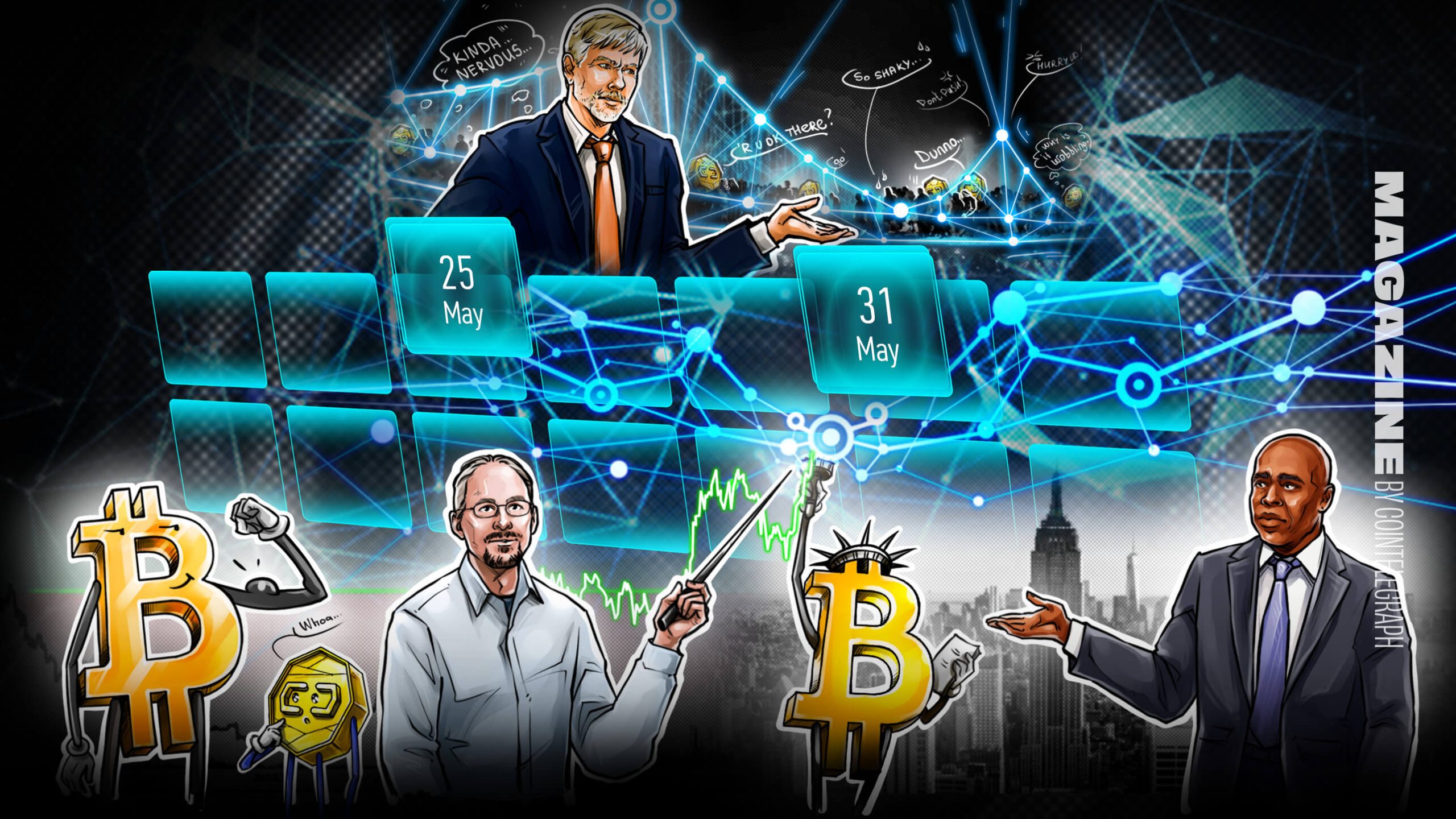

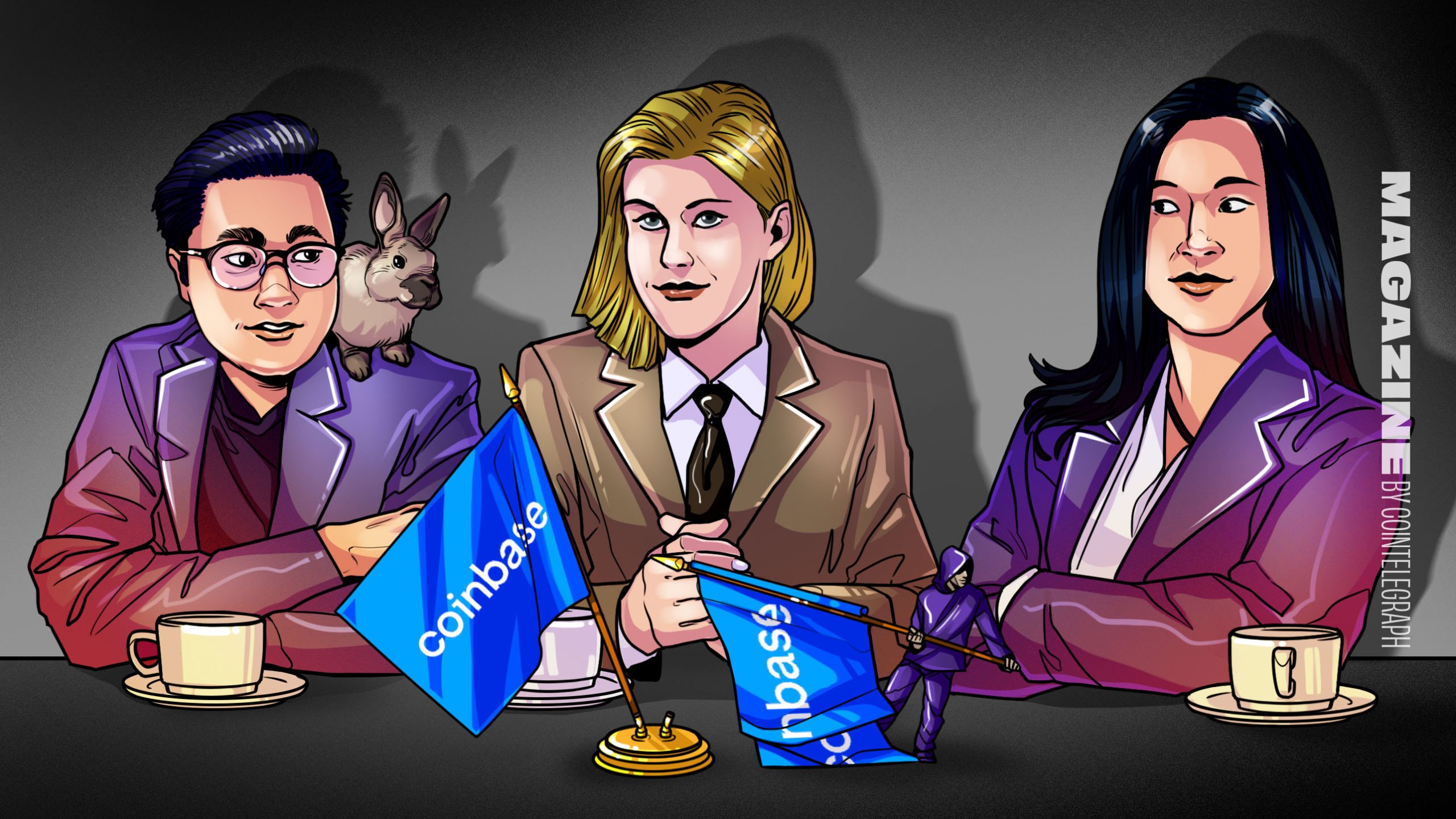
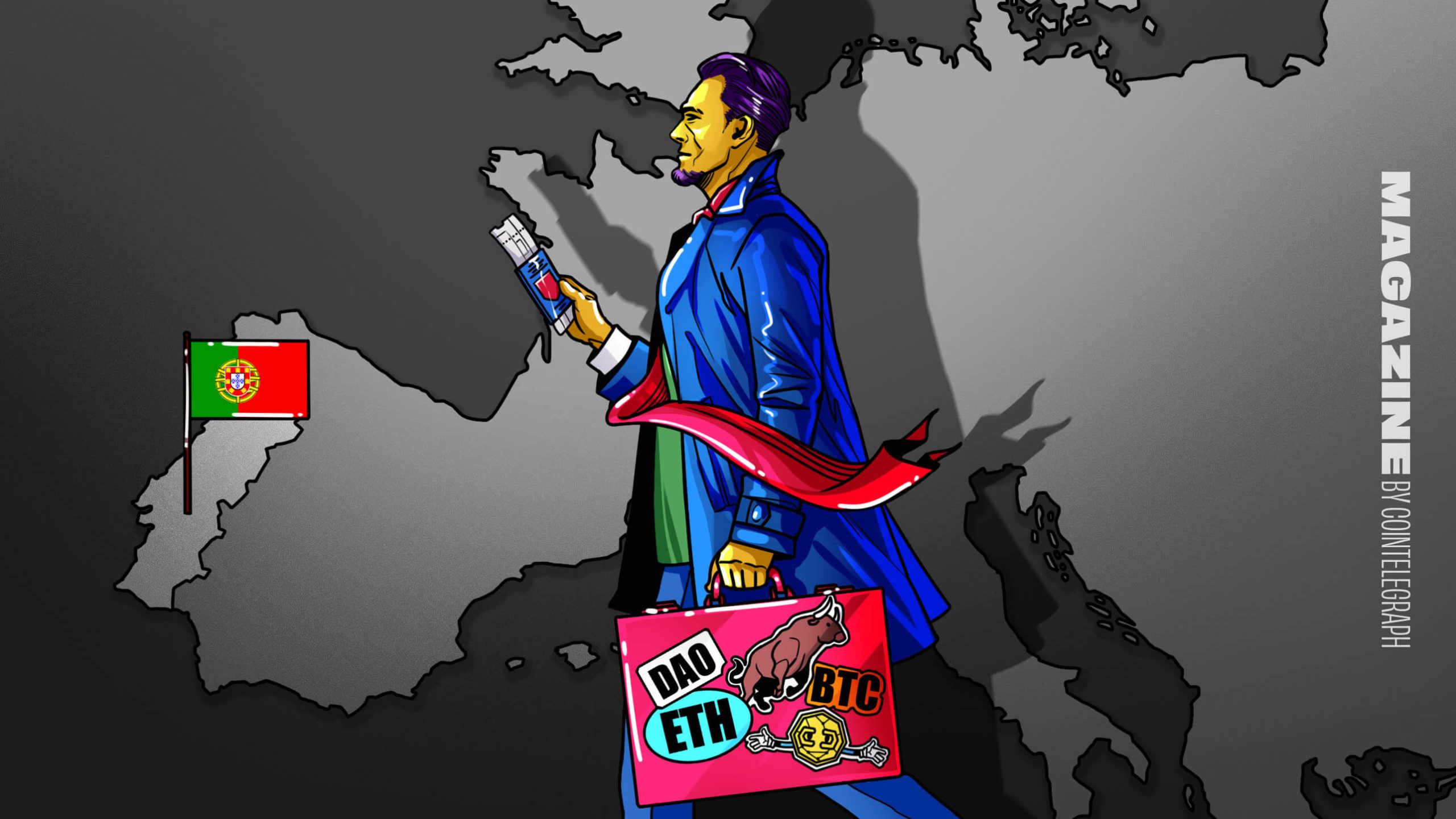

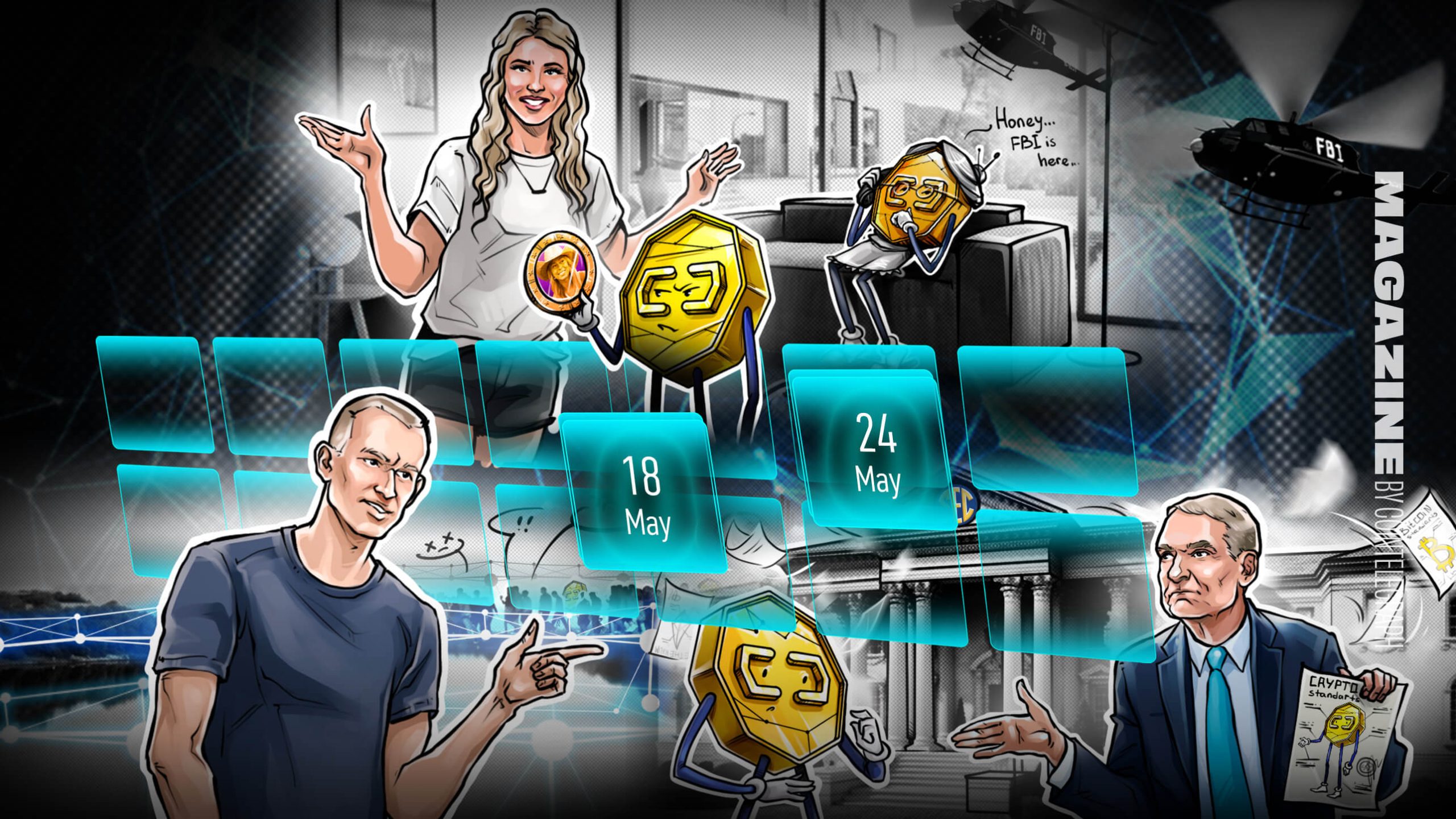


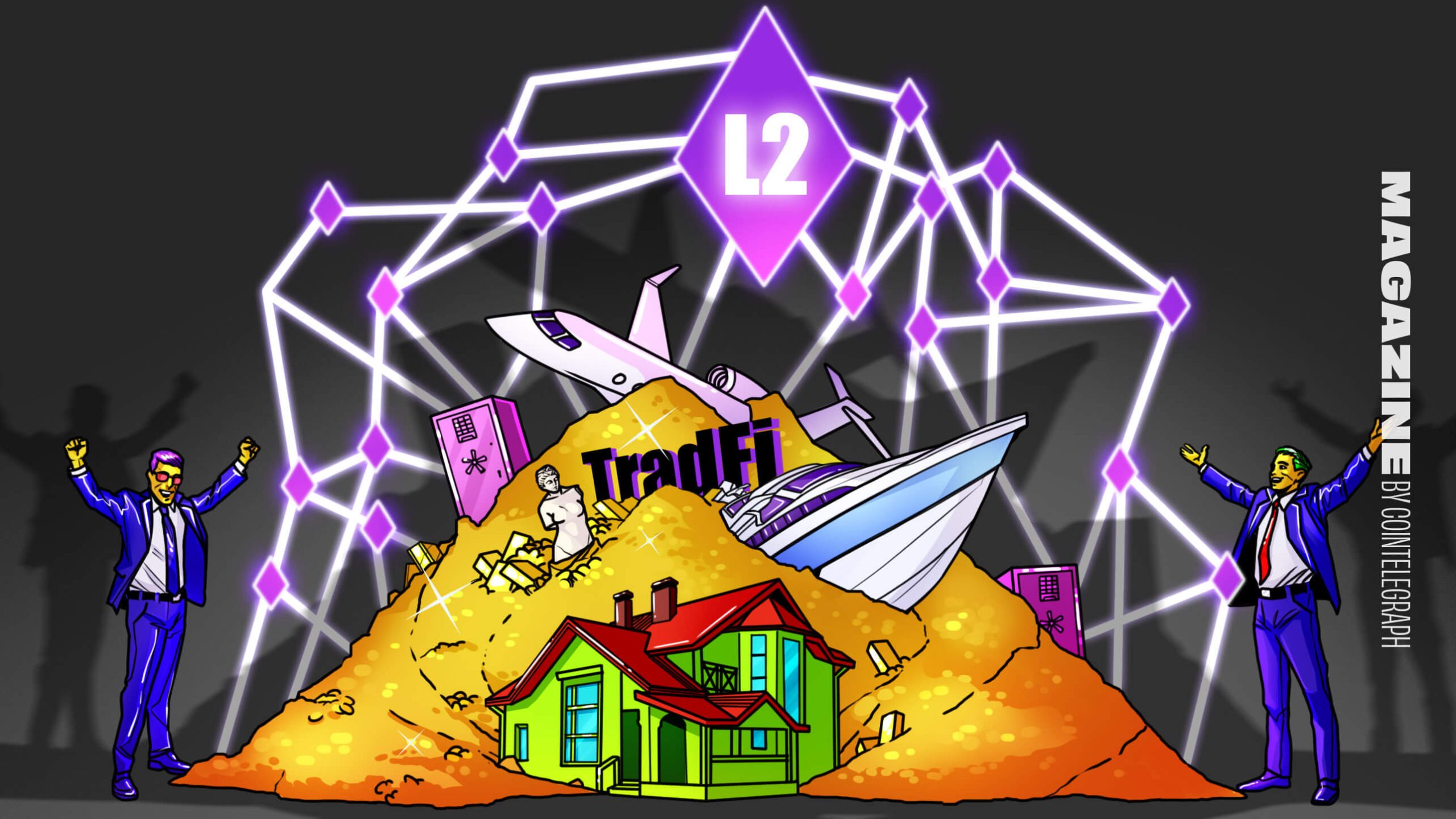

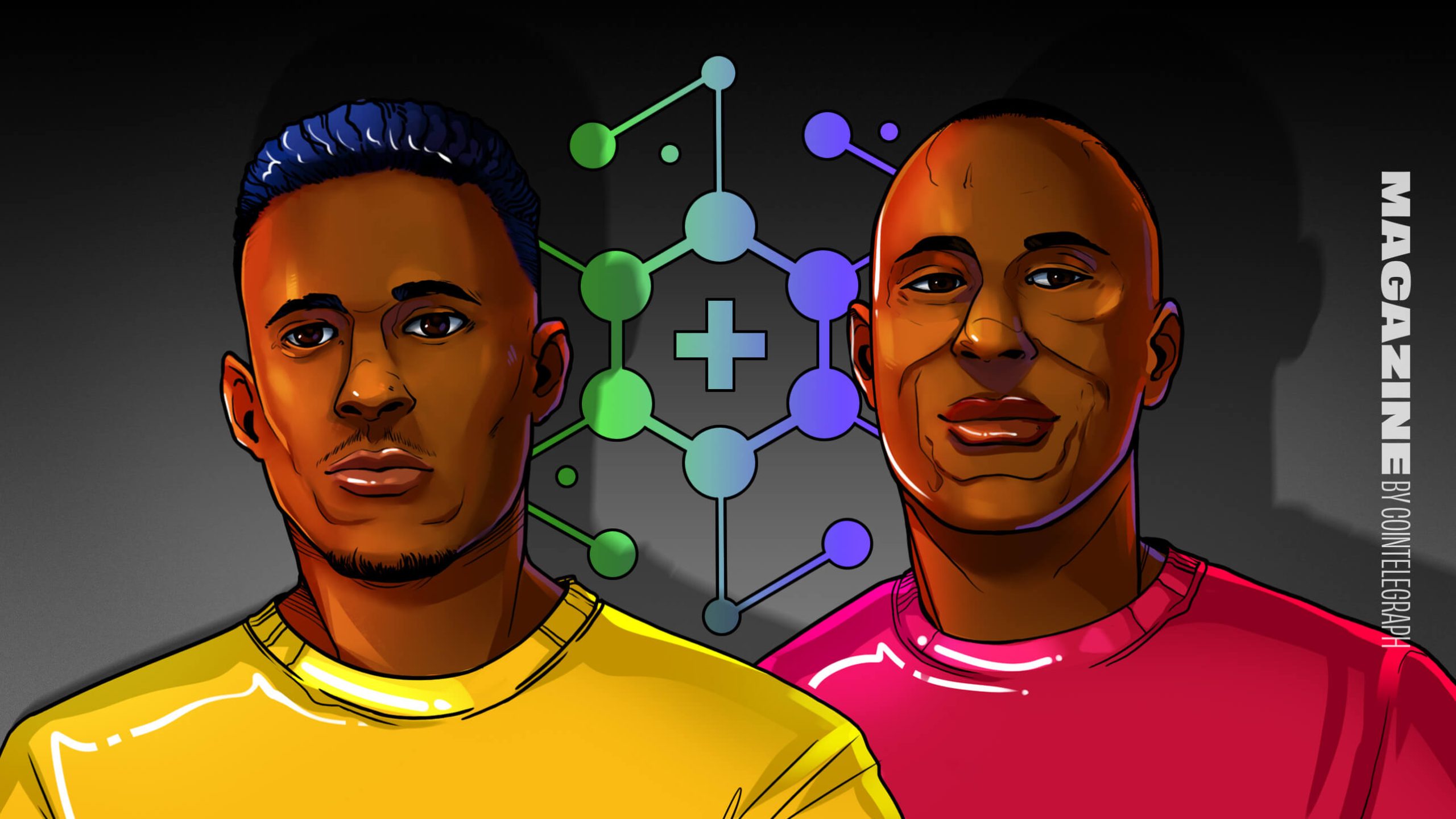


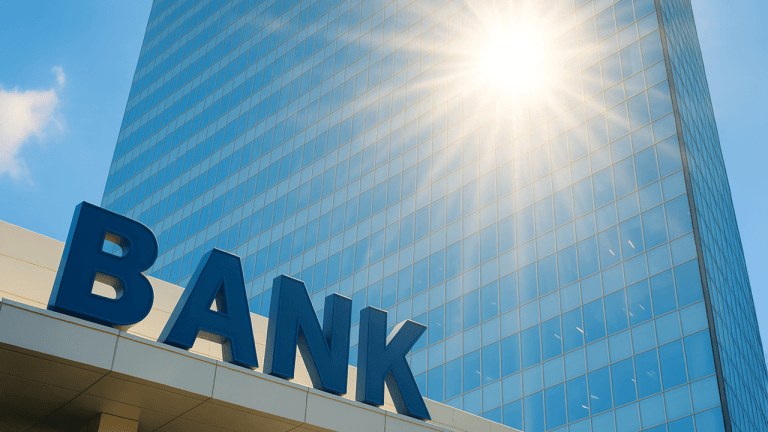

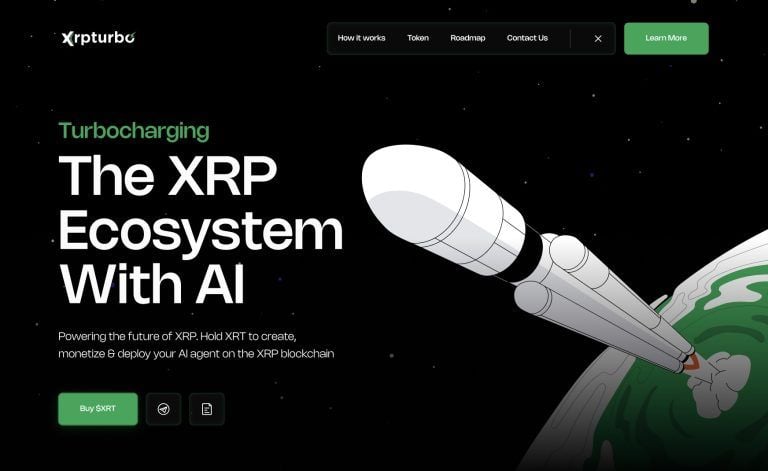
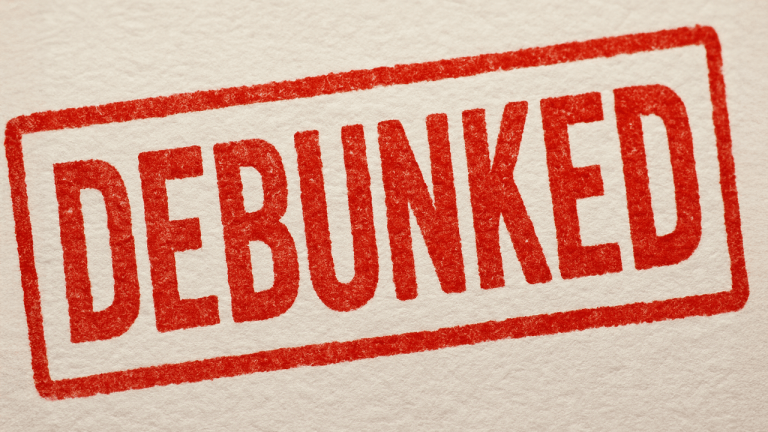
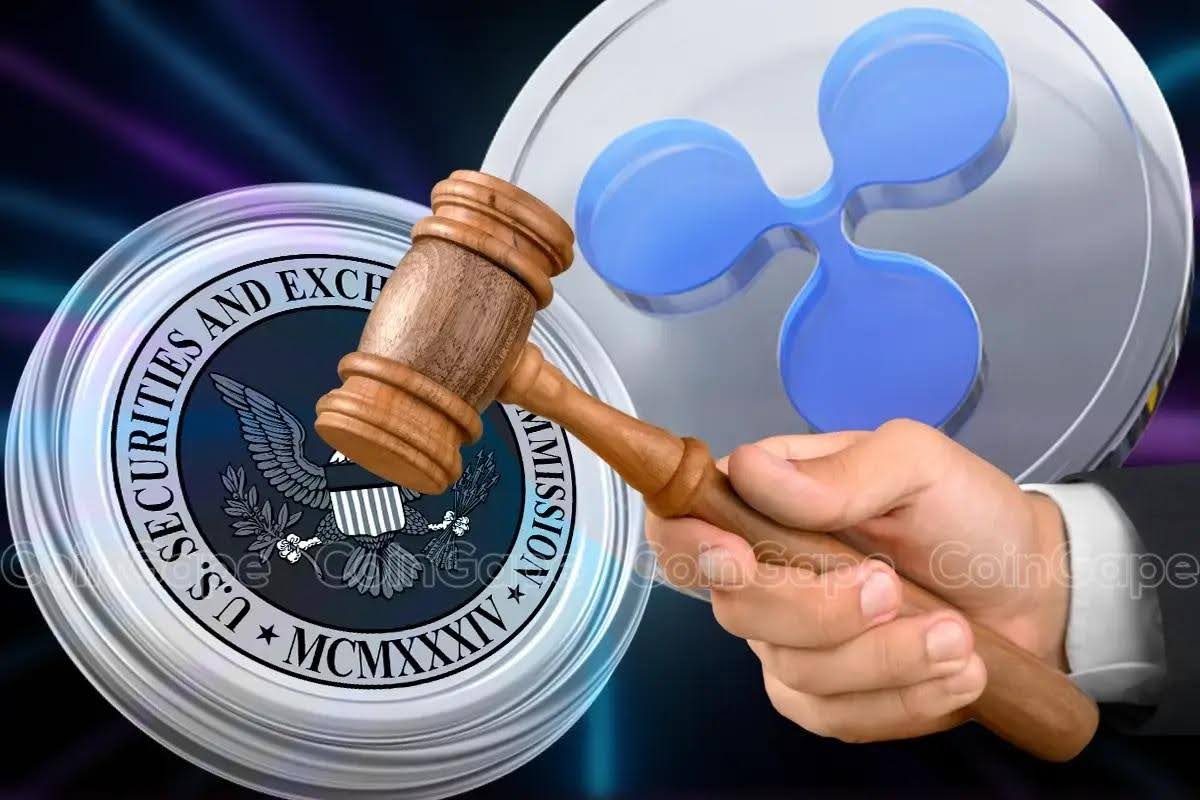
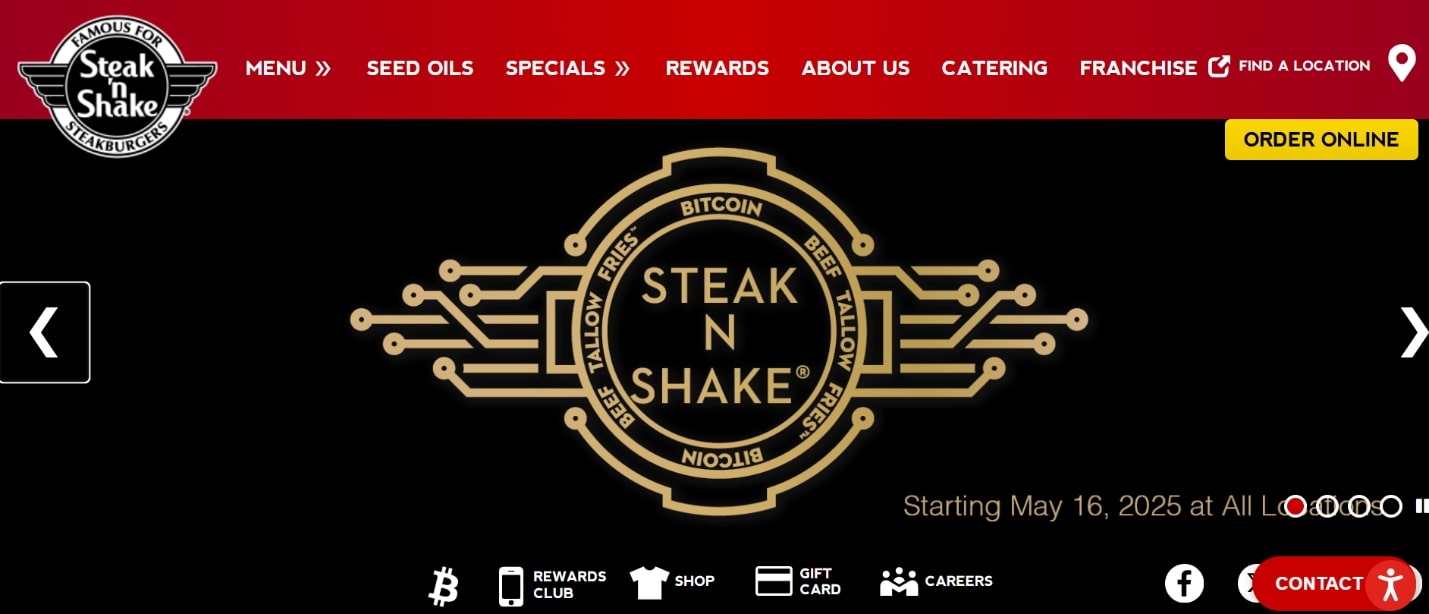

Comments